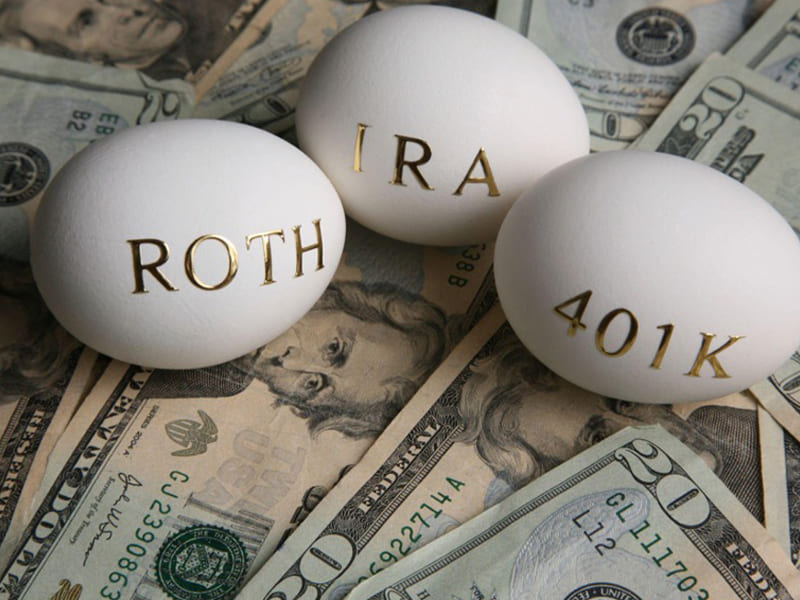
2025 TSP Comparison: Roth vs Traditional For Federal Employees
Looking to get into a thrift savings plan (TSP) for 2025? Learn more about whether a Roth TSP or traditional TSP is better for you with our comprehensive guide for FERS employees! Federal Educators is here to help you start off on the right foot by educating you on all of your options when getting into a thrift savings plan for better federal retirement planning.
What You Need to Know About the Thrift Savings Plan
If you’re unfamiliar with the thrift savings plan, it’s basically a way to optimize your tax benefits in regard to retirement savings. This program is meant to encourage federal employees to put a greater effort towards their retirement savings plan with higher contributions backed by employer matching and federal employee benefits.
As each year passes, the thrift savings plan is subject to change like most of the federal tax scene. We are here to show you what you need to know regarding Roth and traditional TSPs in 2025.
The Scope of Traditional Thrift Savings Plans
You can’t go wrong with pre-tax contributions to a traditional thrift savings plan. Since each contribution is made before it can be taxed, your total taxable income by the end of the year is reduced. Each contribution is also employer-matched, making traditional TSPs incredibly popular among those who want to maximize their federal retirement plan savings to the fullest.
|
The traditional TSP is often compared to the 401(K) federal retirement program as it works in a similar way. Imagine every time you put an egg in your basket, someone else puts another egg in there, too. Imagine that happening twice, and that’s what it’s like to have a 401(K) and a thrift savings plan. |
The drawbacks? There are a couple to consider:
Withdrawing from a traditional TSP can be subjected to tax, so you want to plan your withdrawals accordingly. Also, there is a set age for the minimum required distributions for traditional TSPs. As of now, you are required to take your share by the age of 73. This age requirement is expected to go up to 75 by 2033. Until then, you’ll want to make sure you’re receiving your cut to avoid penalties if this applies to you.
The Benefits of Roth Thrift Savings Plans
Alternatively, Roth TSP contributions are made post-tax which equates to tax-free withdrawals later on as long as you meet the age requirement. Your Roth TSP account will also need to be active for a certain amount of time before you can take withdrawals. But while you need to be a certain age to start making withdrawals, you won’t be forced to make withdrawals when you hit that age. That means no penalties from RMDs!
Are there any drawbacks to Roth TSPs? Regardless of how much you invest, employer matching is reserved for traditional TSP accounts. Employer matching basically doubles your fed retirement savings, so this is something to consider carefully.
Choosing Between a Traditional TSP and a Roth TSP
When it comes to traditional and Roth TSPs, it all boils down to being taxed now or taxed later. Traditional TSPs are great for taking advantage of tax deductions before retirement in anticipation of a lower retirement tax rate. If you feel like your retirement tax rate will be much higher later on, Roth TSPs set you up for tax-free withdrawals as you enter retirement age.
Learn more about thrift savings plan advantages for a better understanding of what may work better for you!
Navigate Your Thrift Savings Plan With Confidence. Learn From Federal Educators!
Make the right choice when you trust the Federal Educators thrift savings plan program for personal guidance including how to get started on a federal employee retirement plan that works best for you. Take a look at our thrift savings plan overview before reaching out to our dedicated team of tax and FERS retirement plan advisors!
